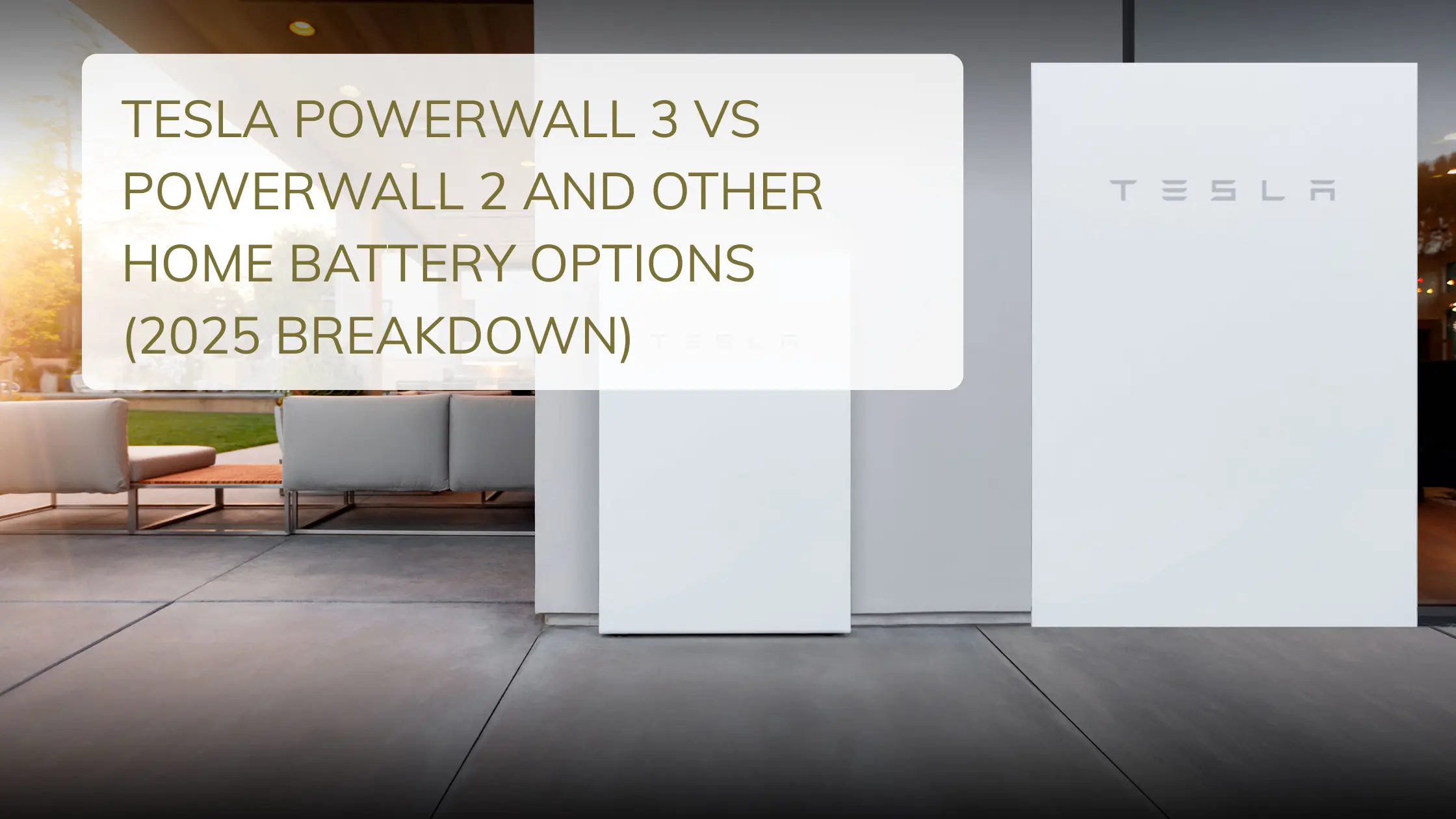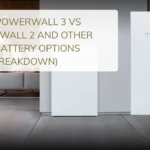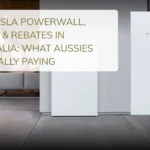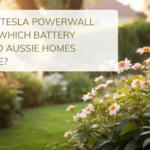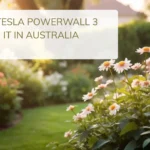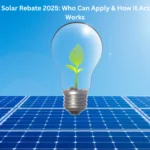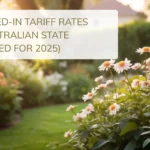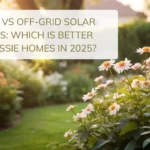Tesla Powerwall 3 vs Powerwall 2 and Other Home Battery Options (2025 Breakdown)
Back in 2021, I was still relying on the grid and an old 5kW solar setup. Fast forward to 2025, and I’m now running a full home solar and battery system — with the Tesla Powerwall 3. And yes, it changed everything. But before I dive into why I chose the Powerwall 3, let’s break down what it is, how it compares to Powerwall 2, and why it’s leading the race in household solar battery storage.
What is the Tesla Powerwall 3?
The Tesla Powerwall 3 (sometimes searched as tesla power wall 3 or powerwall3) is the latest evolution of Tesla’s home energy storage solution. It stores excess energy generated from your solar panels and makes it available when the sun isn’t shining. Unlike the Powerwall 2, this one comes with a built-in inverter, a big jump in power output, and faster installation times.
- 13.5 kWh usable capacity
- Integrated solar inverter
- 5 kW continuous, 10 kW peak power output
- 10-year warranty (70% retention)
- Compatible with most solar battery system setups
Real-World Tesla Powerwall 3 Pricing
I paid $16,800 in Sydney for my Powerwall 3 including installation. Quotes ranged from $15,500 to $17,500 across various providers in NSW and QLD.
| System | Price (Installed) | Rebate Eligible? |
|---|---|---|
| Tesla Powerwall 3 | $15,500 – $17,500 | Yes |
| Powerwall 2 (remaining stock) | $13,500 – $14,800 | Yes |
| Vanadium Flow Battery (10kWh) | $18,000 – $21,000 | No |
Honestly, the price for Tesla Powerwall 2 is tempting, but the performance and longer-term flexibility of Powerwall 3 made it worth the extra few grand.
Tesla Powerwall 3 vs Powerwall 2: Key Differences
- Inverter: Built-in (3) vs External (2)
- Peak Output: 10kW (3) vs 7kW (2)
- Efficiency: Slightly higher in Powerwall 3
- Design: Sleeker, stackable unit in 3
If you’re still Googling terms like “tesla power 2 price” or “price of a tesla powerwall 2”, you may find dealers offloading old stock — but warranty and software support may be limited in the coming years.
Why Tesla Power Walls Dominate in 2025
There are lots of solar battery storage solutions in Australia — from vanadium flow batteries to brands like BYD and Sonnen — but none match Tesla’s ecosystem.
From tesla solar battery integration to mobile app monitoring, Tesla’s Powerwall lineup offers a seamless experience. My friend in Brisbane runs a solar and battery system with an older Powerwall 2 and still gets reliable performance — but he’s looking to upgrade just for the VPP compatibility and higher power output of the new one.
Household Use Cases: Powerwall in Aussie Homes
Whether you’re in a regional town with unreliable grid access or a Sydney suburb looking to store solar electricity, Tesla’s batteries are versatile. A couple in Penrith switched to a dual home solar and battery system using Powerwall 3 and cut their $400 monthly bill down to $50. They even charge their EV for free overnight.
Home Battery Storage: Not Just for Solar Owners?
Yep — it surprised me too. Tesla now offers a home battery power storage model for grid-charging overnight (when tariffs are low) and discharging during peak hours. It’s not just about solar anymore.
Is Tesla the Best for Home Battery Systems?
In terms of solar energy battery storage and support, Tesla still ranks #1. But it’s worth comparing with the alternatives if your use case is niche (like full off-grid).
Battery Lifespan and Warranty
Both the Powerwall 2 and Powerwall 3 come with a 10-year warranty, but Tesla estimates that with proper cycling, they can last 12–15 years. My own Powerwall shows 98% capacity after 4 months of usage — not bad at all.
Battery Availability & Delivery in Australia
As of mid-2025, the tesla powerwall 3 availability has improved. Wait times are down to 4–6 weeks in most metro areas. For the powerwall 2, it’s limited to legacy stock from resellers.
Solar + Battery Storage: Is It Worth It in 2025?
Here’s a rough ROI breakdown for NSW homeowners with a 10kW system and Powerwall 3:
- System Cost: ~$24,000
- Rebate: ~$3,000
- Annual Bill Savings: ~$2,200
- VPP Revenue (if enrolled): $300–500/year
- Payback Time: ~9 years
That’s not bad — especially when energy prices are expected to climb another 20% over the next 3 years.
Final Thoughts
If you’re searching for batteries for storing solar electricity, or deciding between the tesla home storage battery and newer alternatives, Tesla still comes out ahead — for price, performance and peace of mind.
Whether you call it the tesla household battery, home solar battery, or just tesla battery to power home — it’s the same game-changing product. And in 2025, it’s more accessible, more powerful, and better value than ever.
Have questions about your roof size, state rebates or loan options? Just ask. Happy to share what worked for me in Western Sydney.
